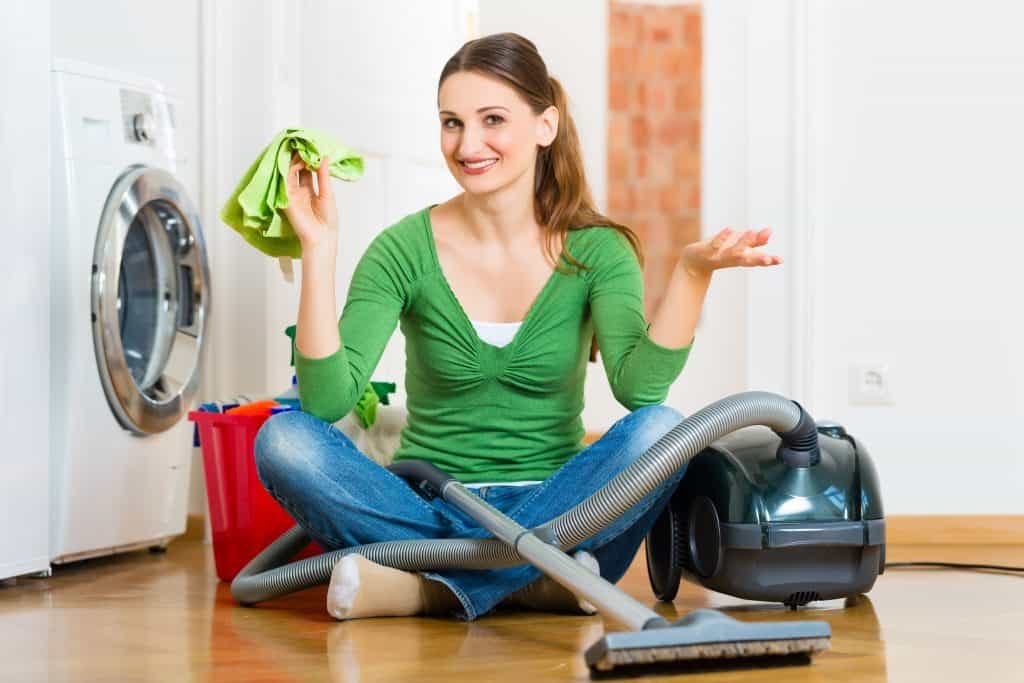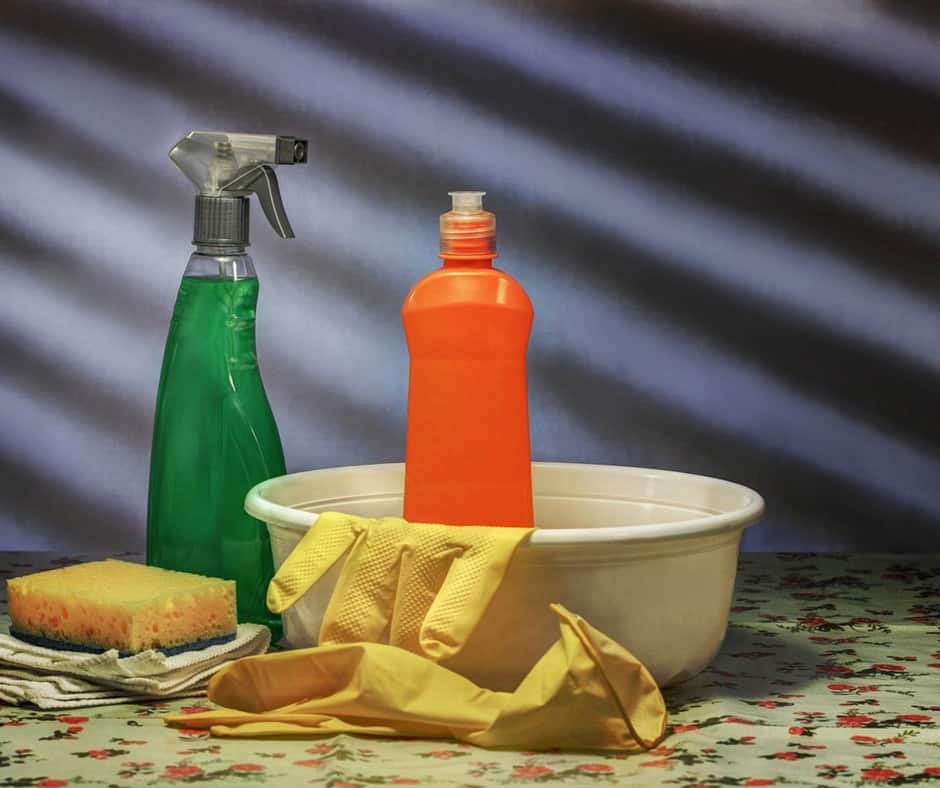What does cleaning, sanitizing or disinfecting do?
Cleaning is simply removing debris and dust from any surface by using soap or detergent like a general-purpose cleaner which removes visible debris, and invisible soil, dust, and germs, especially if the surface is dried with a clean cloth after cleaning.
Sanitizing a surface makes that surface free of visible contaminants that could affect your health. Sanitizing is meant to significantly reduce, but not totally kill, the occurrence of bacteria, viruses and fungi to a level safe for public health – a level which should not allow the transmission of pathogens to people.
Disinfecting a surface will kill all the bacteria, viruses and fungi (but not necessarily their spores) as claimed on the product label if used as directed. This includes cleaning the surface first, then spraying the surface with the disinfectant and allowing it to dwell on the surface until the recommended time is has passed. The surface should remain wet with the disinfectant solution the whole time recommended, which means possibly re-spraying any areas of the surface which may dry through evaporation.
Which one should I do clean, sanitize or disinfect?
You only need to clean low-risk surfaces such as floors and windows. They are regarded as low risk as it is not likely to induce pathogen transfer. You should sanitize the ones that have surfaces with direct contact to food such us kitchen countertops. You can also sanitize tile floors. Disinfecting is necessary for the areas where frequent touching is present, in which harboring pathogens are very likely.
Do you need to perform all of them or just one is enough?
Cleaning by itself is enough to prevent any contaminants from coming into contact with foods or beverages. Cleaning removes allergens and microorganisms. The concern with cleaning alone is the risk of cross-contamination as the used cleaning tools can contaminate other surfaces when a germicide is not used. Cross contamination can be prevented through sanitizing, as it reduces the number of bacteria present on a surface by almost 100%. This is effective enough, but it does not reduce or remove any of the viruses and fungus that are also harmful. The removal of such organisms is by disinfecting, as it can remove any organism much higher than sanitizing.
So, to answer the question — what is the difference between cleaning, sanitizing and disinfecting? — Well, they all have the same purpose, but have completely different functions. You need all these methods in order to maintain a clean and bacteria-free environment.

